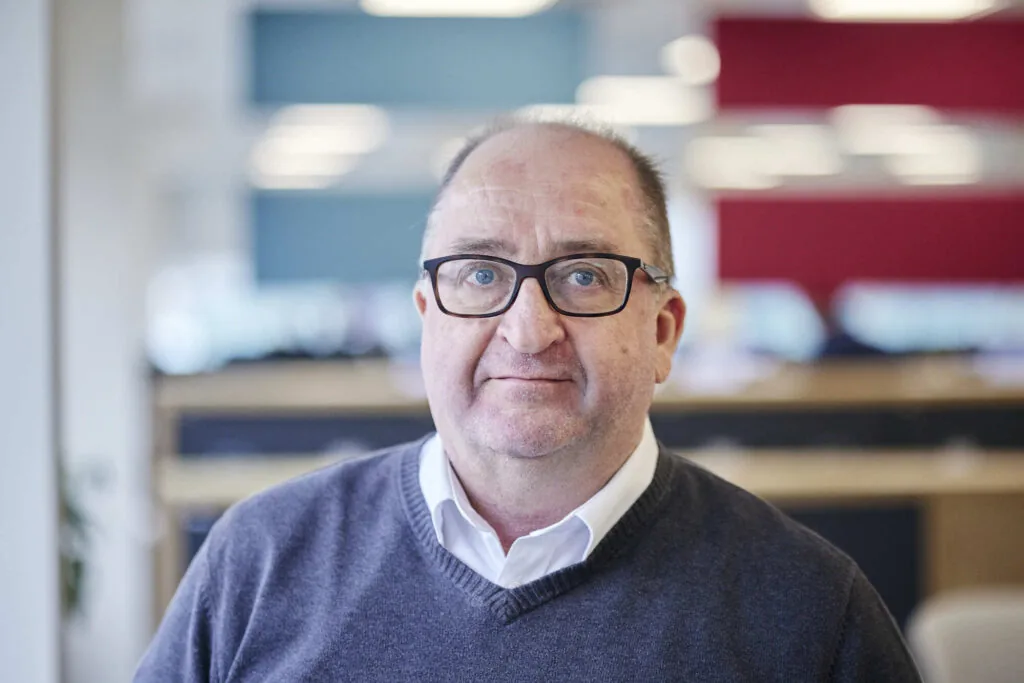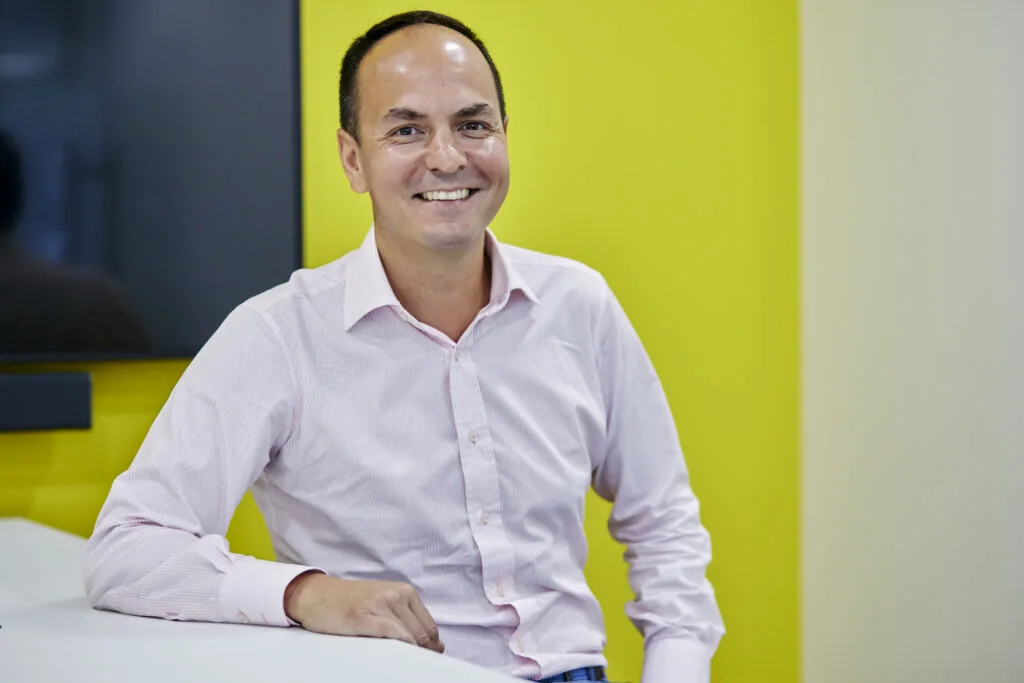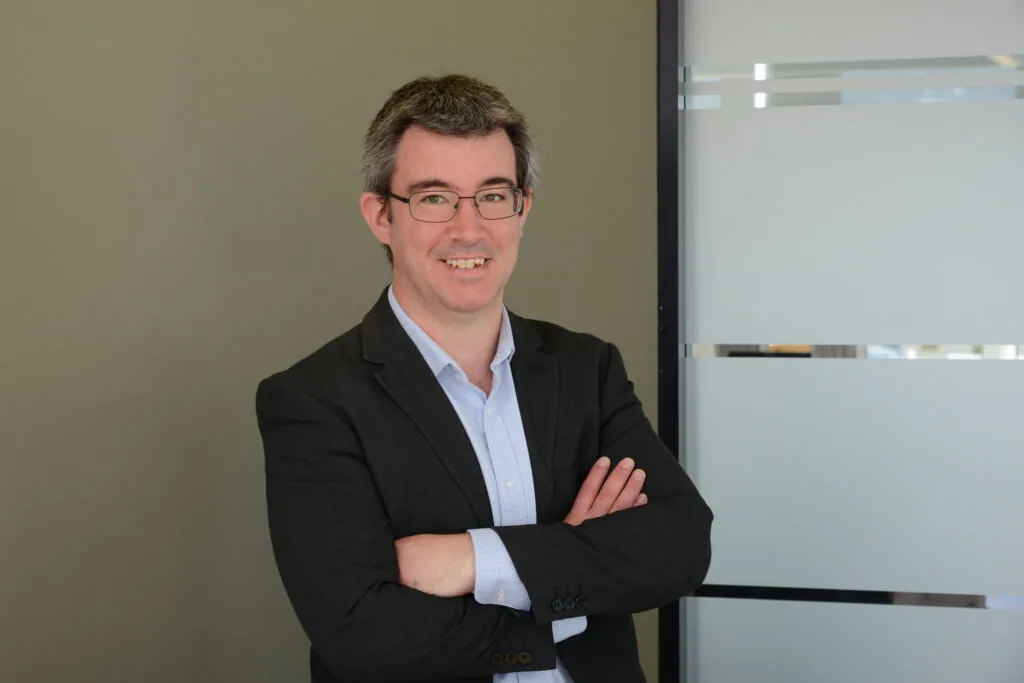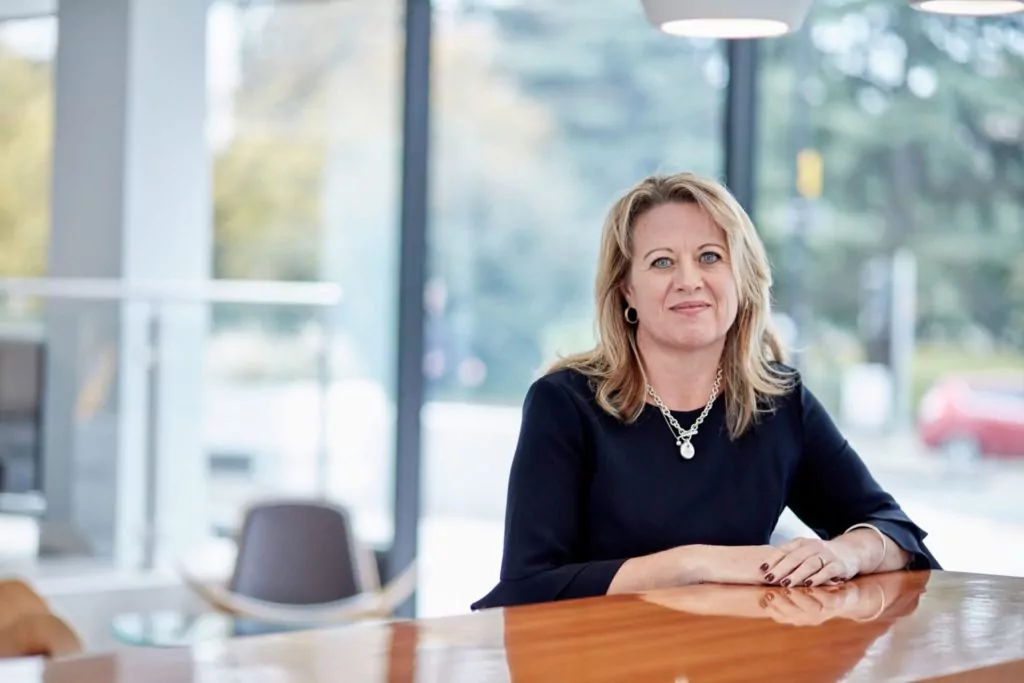
Development for a Better Future – Foot Anstey conference highlights

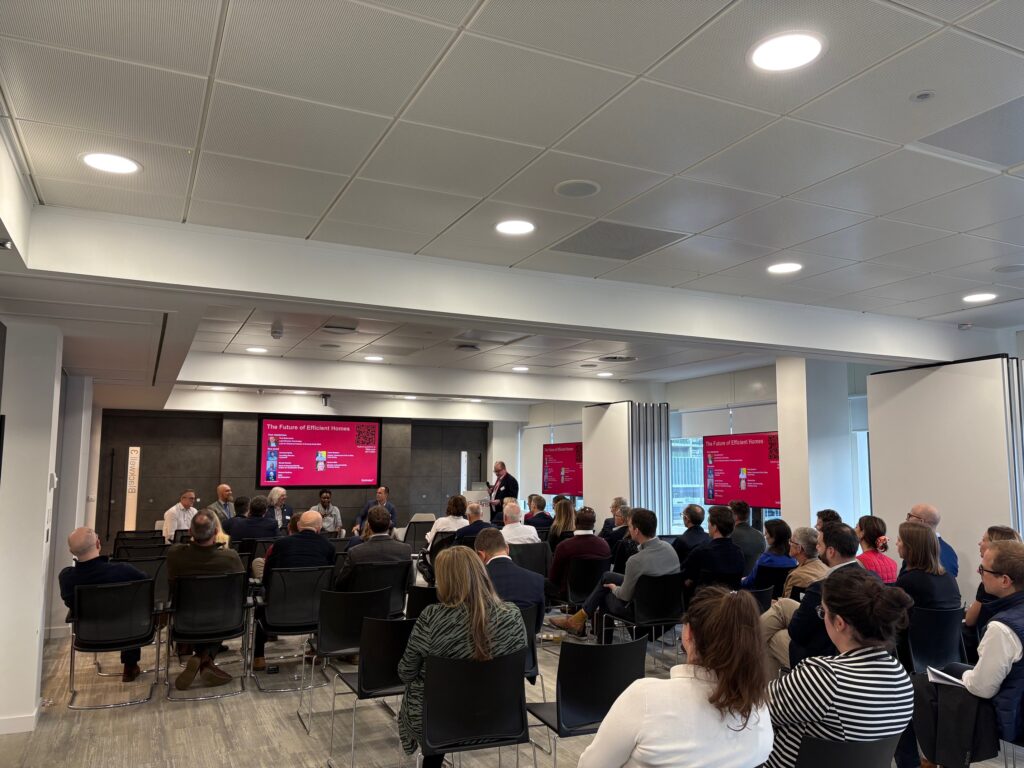
Daniel Eskins, Trainee Solicitor in Foot Anstey's Developer Team, provides his thoughts on the key themes of the day.
On 27 November 2024, housing industry leaders came together for Foot Anstey's inaugural "Development for a Better Future" conference in Bristol. The day consisted of speeches, panel discussions and interactive polls along with plenty of opportunity for networking and nibbles whilst contemplating the day's discourse. Throughout the day, discussion centred around 3 key themes:
- How we can deliver affordable homes at pace;
- The future of efficient homes; and
- The future of accessible homes and sustainable places.
How can we deliver affordable homes at pace?
The day commenced with a warm welcome from Lara Borrett-Lynch, Partner and Head of Affordable Homes at Foot Anstey, who reminded everyone that we are delivering 'homes' not 'units' – the words we use matter. This set the tone for the keynote speech from Jeremy Sweetland (Project Director and Founder of the Housing Festival) who provided his insights into what sustainability in housing means, how delivering affordable homes can help tackle (and even end) homelessness and how planning can be unlocked to accelerate the delivery of new homes.
His inspiring address shaped the course of the day, challenging the status quo and expressing the need for a fundamental step change in the way we think and build homes. Ending with a provocation, he encouraged those present to consider their part in the current system and in re-imaging a better way.
The future of efficient homes
Chaired by Paul Butterworth (Legal Director at Foot Anstey and Lead for Chartered Institute of Housing South West) the first panel discussion of the day considered the future of efficient homes, where we are now and what a positive future for delivering more efficient homes looks like.
The esteemed panel consisted of:
- Gerald Charles – Head of Housing Retrofit at the Centre for Sustainable Energy;
- Kasang Kajang – Founding Director of Ksquared;
- Paolo Sbuttoni – Partner, Commercial Tech and Data, Foot Anstey;
- Richard Ellis – Director of Sustainability at Peabody Group; and
- Richard Godfrey – CEO at Rocketmakers.
It was immediately clear from the spirited discussion that, in order to achieve efficient homes (in the context of existing housing), retrofitting is key. The panel defined this simply, to mean "any change to property which aims to increase its energy efficiency" and it was further noted that, a successful retrofit relies on clearly defined end goals from the outset.
Conversation then shifted to the use of technology in achieving these goals and it was observed that, without quality and reliable data at all stages of the retrofit, the use and effectiveness of technology is limited. At the initial stages, data is fundamental in order to accurately model the future efficiency of homes and therefore to consider which retrofit options are in line with the individual's goals, needs and budget. Post-retrofit the collection of accurate data can provide valuable insight into the efficiency of the home, and therefore the effectiveness of the retrofit. This data can then be used to inform ongoing adjustments to the home for continual efficiency improvement and in order to tailor homes to individuals and manage energy consumption.
To this point, Paolo Sbuttoni raised a number of key legal concerns and considerations in relation to the collection and processing of data. Those who hold data need to be aware of the sort of data they are collecting from the outset. Is it non-personal data, such as building performance data, or does the data form sensitive personal data? The answer to these questions, among others, will have significant legal implications for who can use the data, how it must be processed and how it must be protected and stored, as well as the ramifications for any infringements.
"Understanding the legal obligations relating to data is essential from the outset to avoid inadvertent breaches" - Paolo Sbuttoni – Partner, Commercial Tech and Data, Foot Anstey
Panellists and guests were asked to consider what sustainability in housing means to them through an interactive poll:
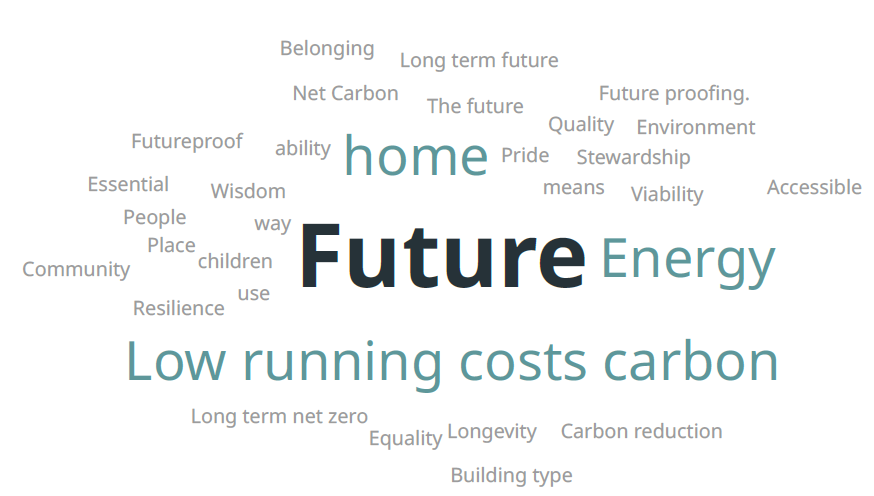
The future of accessible homes and sustainable places
The second panel discussion was chaired by Foot Anstey's own Managing Partner, Martin Hirst. Martin was joined by a selection of industry thought-leaders:
- Adrian Noviss – Managing Associate, Planning and Environment, Foot Anstey;
- Geraint Oakley – Executive Director for Growth and Development at Platform Housing Group;
- Karen Mercer – CEO of Temple Quarter LLP;
- Miranda Foster – Head of Affordable Housing Programmes and Products for Homes England;
- Pepper Barney – Founder and Managing Director at Bibo; and,
- Randall Rickabaugh – Head of Mobility Solutions at Enterprise Mobility.
The conversation centred around the key themes of how we can make new homes and future communities accessible to all in the context of place shaping, and how access (in its broadest sense) to 'place' can become more equitable.
It was evident from the dialogue that the foundation of providing accessible homes and sustainable places relies on the formation of strong partnerships based on shared goals and aligned ideals. It requires partnerships centred around a drive to make positive change. Working with local leaders and communities to understand their needs and incorporate them in designing places is a key element of a good quality partnership. It was also raised that political stability is essential to assist with funding availability, which has important knock-on effects on community engagement. This ultimately impacts deliverability, as without community engagement, you cannot build a sustainable space.
There was a clear harmony amongst the panel and the room at large that, sustainable places should be inclusive and accessible for all the community including those from marginalised groups, those with additional needs, including consideration of neurodiversity. A sustainable place is one in which all feel a sense of place; this is not a 'nice to have', this should be included by design from the start by engaging with the entire community.
The conversation then gave thought to the inherent difficulties in achieving project aims, with Adrian Noviss adding key legal insight into the planning and environment realities. As a result of the delays in the current system, viability can change from the point of proposal to the point of approval, resulting in the need for amendments. Although a Section 106 Agreement ensures that community spaces are provided for, there is a question mark as to how much detail should be included. If too much detail is included, then the need for a Deed of Variation will result in further delays and the potential watering down of the project aims in the process. However, if not enough detail is provided at the outset, then the project may not receive approval at all.
The reality is somewhere in between - Section 106 agreements are key, and it falls to the lawyer to find the middle" – Adrian Noviss, Planning and Environment Managing Associate, Foot Anstey
The panel then deliberated on what inclusive spaces look like and in particular, the panel explored physical sustainability, what prevents access to areas and the concept of "urban deserts". Discussion then considered the unique solutions already at work in introducing alternative means of transport to cities and, with one eye on the not-too-distant future, the panel took a look at a world where drones deliver medical supplies, in order to reduce the numbers of cars on the road and allow a radical redesign of our spaces.
Closing remarks
It was then to Lara Borrett-Lynch (Partner and Head of Affordable Housing at Foot Anstey) to conclude the proceedings. As you can see, from the guest's takeaways below, the day provided a thought-provoking insight into the spaces we inhabit and challenged those who attended to consider their role in shaping it positively for the future.
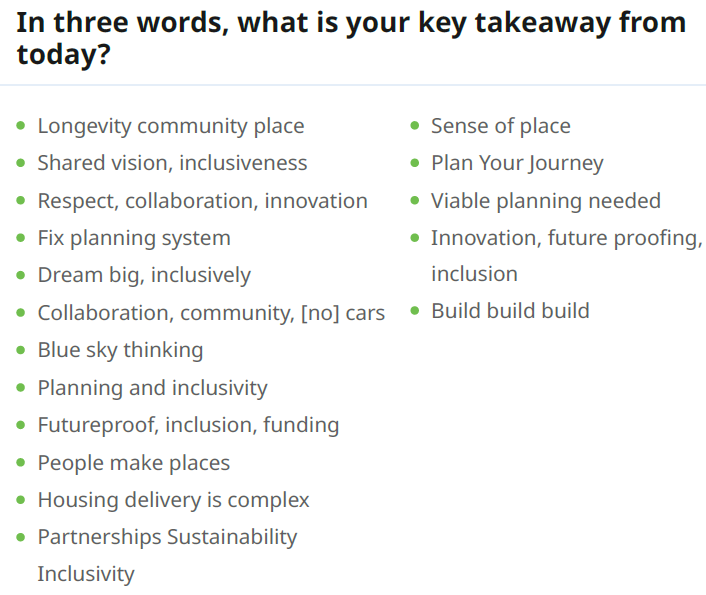
Foot Anstey's 3 key takeaways
- We all need to take responsibility for the part we play, in the way we think about and build homes, and consider how we can help re-design the system.
- In order to achieve efficient homes, effective retrofitting is key. Its effectiveness relies on accurate and quality data throughout the process and looking to the future, data will be essential for tailoring homes to individuals and for the management of energy consumption. However, to avoid infringements, understanding the legal obligations associated with the collection, processing and use of data is essential from the outset.
- Strong partnerships, based on respect and aligned goals, are essential for the provision of accessible homes and sustainable places on time, on budget and in a way that can be enjoyed by, and facilitate the needs of, the entire community.
These takeaways came from the day's Slido poll, as our collaboration led us to think about the impact we can make individually and as a business.
Foot Anstey look forward to hosting further events in this series. If you would like to contribute or would like to suggest a particular topic for discussion, please contact [email protected].
With particular thanks to Daniel Eskins for providing his thoughts, and to all those who contributed to the success of the day.

